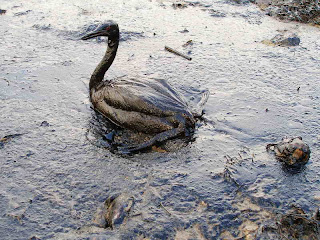World Bird Sanctuary will be hosting its hugely popular
Avian Training Workshop October 31-November 3, 2013.
Minerva, a Common Barn Owl
If you've considered
attending the World Bird Sanctuary Avian Training Workshop in the past but
couldn’t work it into your schedule, now is your chance to plan ahead. There's still plenty of time to
arrange your schedule and take advantage of the early registration bonus!
Save $100 by registering before October 1st!
What is an Avian
Training Workshop you may ask?
The WBS Avian Training
Workshop is an intensive 4-day workshop, which covers all aspects of housing,
training, feeding and caring for raptors, parrots, corvids and many other
species. The workshop includes both classroom and hands-on training.
Even the classroom section is hands-on
Subjects covered in
the classroom section include:
* Establishing
your own program--permits, insurance, facilities, staff & volunteers
* Working with and
training your bird--manning and positive reinforcement, desensitizing
* Choosing the
correct species to work with
*
Transportation--crates, permits, driving, flying, shipping
* Housing--mews,
jumpboxes, A-frames, flight cages, climate, hotwiring enclosures, substrates
* Perch
types--bow, platform, screen, etc.--which perch works best for which species
* Diets--food
types, frozen vs. live, storage, prep, raising food colonies, vitamins
* Training your
birds for flying--weight management, base weights, target weighs, flyer food
Fly a Harris' Hawk or Barn Owl
Everybody's
favorite--the hands-on section:
Our staff believes the
only way to learn is through the hands-on experience of doing things yourself.
At our workshop you will have the opportunity to actually do the
following:
* Make jesses,
anklets, leashes
* Practice imping
feathers
* Experience
coping and trimming of a raptor
* Participate in
simple public speaking games and learn how different elements make you a better
public speaker
* Fly a Harris'
Hawk and/or Barn Owl with WBS staff
* Help train a new
behavior with a Raven or Crow (continues throughout the workshop)
* "Be the
Bird" in our training game
* Participate in
emergency medical care and do a gross necropsy on a raptor
Learn all about weight management
The workshop also
includes an extensive tour of WBS' facilities and opportunities to see birds
and housing up close.
RESERVATIONS REQUIRED.
Workshop has a minimum of 10 participants and a maximum of 20.
WHEN: Thursday,
Oct. 31 through Sunday, Nov. 3
EARLY REGISTRATION:
Sign up by October 1st - Cost - $650/person
LATE REGISTRATION:
Sign up after October 1st - Cost - $750/person
$100 non-refundable
deposit required by 10/01/13 for early registration, balance due by 10/15/13.
Registration fee
includes lunch each day.
Transportation to and
from St. Louis, hotel accommodations and breakfast & dinner are the
responsibility of each participant.


























.jpg)










